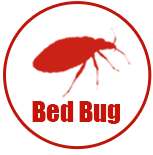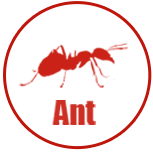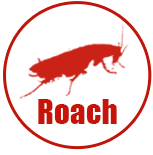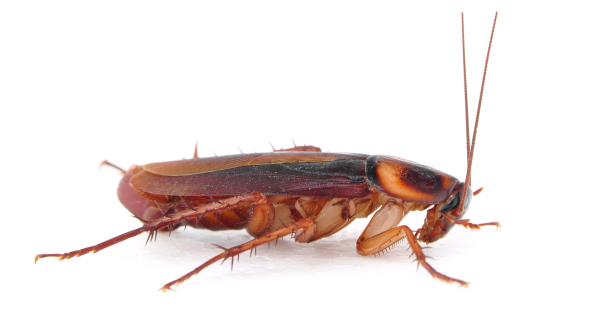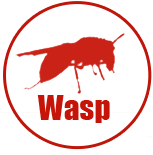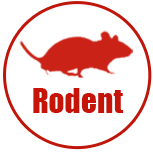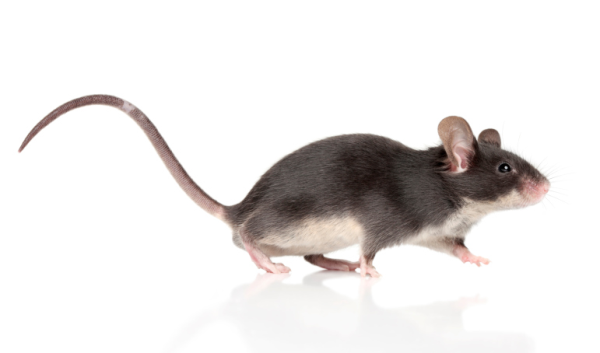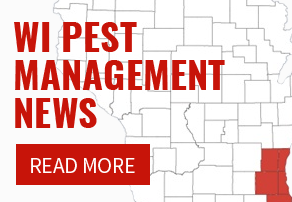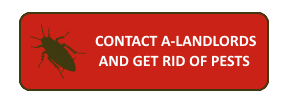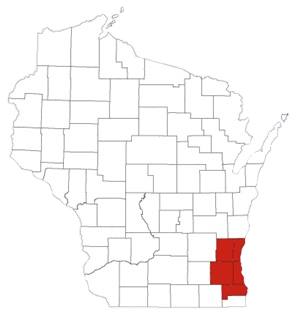Wasp Removal Milwaukee
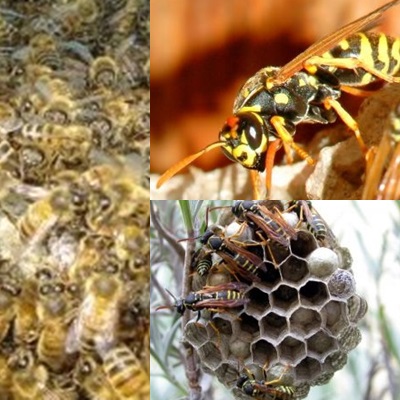 Identifying Wasps Versus Bees and At-Home Remedies
Identifying Wasps Versus Bees and At-Home Remedies
For quick and efficient wasp and bee removal in Milwaukee, call the pest control experts at A-Landlords.
Trouble identifying whether you have a wasp or bee infestation? There are some easy steps to take to identify a wasp versus a bee. Things you want to look for are size, color variations, nest locations, and shape of the nest. All of these factors can help you identify whether they are foe or friend and help you eliminate your infestation.
Identifying Wasps in Wisconsin
Yellow Jackets
The yellow jacket is commonly mistaken for bees. However, they greatly differ and fall under the wasp family. The yellow jacket tends to be 1/2 inch long, yellow and black in body coloration, and their faces generally have some type of yellow or white markings. They also have a black antennae with shorter legs than compared to the bee. They typically tend to build their nest in trees, shrubs, walls, cavities in the ground, or even man-made structures. Their nests are usually a grayish brown in color and happen to have a papery appearance.
Bald-faced Hornets
Bald-faced hornets happen to be the largest type of wasp. They are anywhere from 1/2" to 3/4" long. Their most identifying characteristic is their color variation though. Hornets have black bodies and they tend to have white markings on their head and thorax. Nests are generally located in tree tops, on the sides of houses or buildings, and under eaves. The hornet’s nest’s most defining feature is its shape which looks like a football. They also have a grayish color and a papery appearance.
Paper Wasps
Paper wasps tend to be 1/2" long. Their color can vary from dark brown to reddish orange, and they have black wings with yellow markings. They have a long slender body shape, with long legs. Their nests tend to be located in sheltered areas, such as door frames, windowsills, open pipes, under eaves, beneath decks or porches, and inside shrubs. The nest’s defining feature is its shape which tends to look like an umbrella. Their nest also displays exposed combs.
Identifying Bees in Milwaukee
Bumble Bees
The bumble Bee is typically 3/8" to 1/2" in length. The main differences between a bumble bee and yellow jacket is that the bee’s body is covered in fur giving them a fuzzy appearance. They do not have much color variation, they are just black and yellow. Even their legs have hair follicles on them. Nests location can vary from underground to up in the trees. Their nest size tends to be smaller than honey bees due to the size of the colony that lives with in it.
Honey Bees
Honey Bees are about 1/2" in length. Like the bumble bee its body is also covered in fur. The main difference is noticeable by its three parts. The honey bee body is comprised of its head, thorax, and abdomen. Other features you might notice about the honey bee is that it has jointed legs and a hard exoskeleton. Their nests are located in areas which flourish in pollen and/or nectar. Their nests are going to be significantly larger than the Bumble bee due to the size of the colony needed to produce the honey.
At Home Remedies For Bee and Wasp Infestations
Here are several steps that one can take to help prevent a wasp or bee invasion:
- Seal all open entry points to your home, these include:
- Cracks around windows or door frames
- Loose or torn screens on windows
- Loose siding and any unsealed vents
- Build or buy a fake nest and hang it in your tree
- Leave cucumber peels around your yard- bees do not like the acidic properties of cucumbers
Here are some inexpensive solutions to eradicating your wasp or bee problem:
- Build a fire under the nest. The hive will fill with smoke and suffocate the bees.
- Make a solution of water and dish soap and then pour it into the wasp hive. This coats the wasp wings making them unable to fly eventually drowning them in the remainder of the dish soap solution.
- Take a heavy duty shop vac to the hive and suck out all of the wasps.
- Remove all old nests during winter, this sometimes prevents them from returning in future years.
One should use caution when trying to use any of these solutions. Although these techniques do kill certain bees, they may not always be safe. You may risk getting stung when going near a colony, which is especially dangerous if you are allergic. Sometimes killing one wasp can send off pheromones which attract more, worsening the infestation in your house. The professionals at A-Landlords can access any wasp, hornet, or bee’s nest whether in your gutters, basement, attic, or roof. We will spray the treated area with a reliable insecticide, preventing future infestation. Don’t waste money on bug sprays or risk getting stung when our professional bee exterminators do the job for an affordable rate. If you suspect there’s a hive in your house, call our Milwaukee exterminators today!








